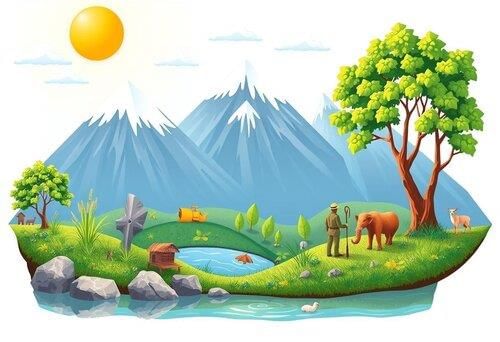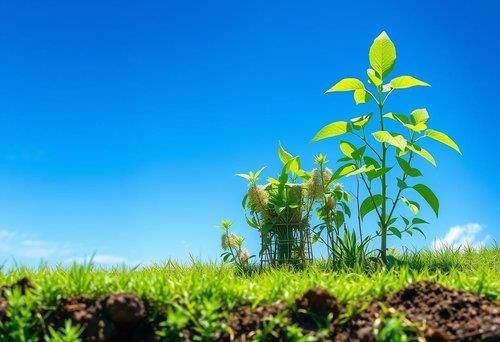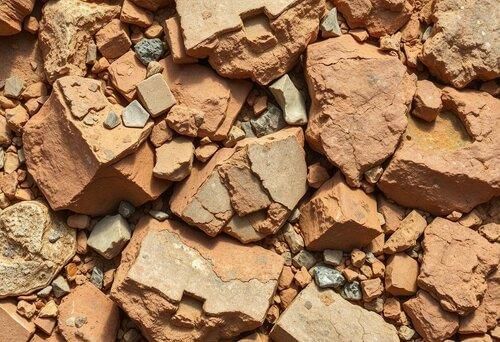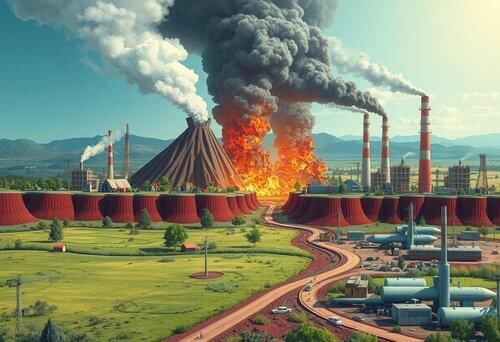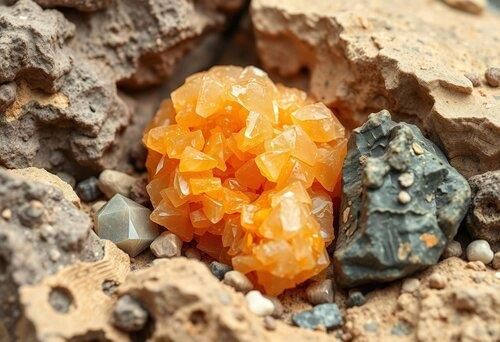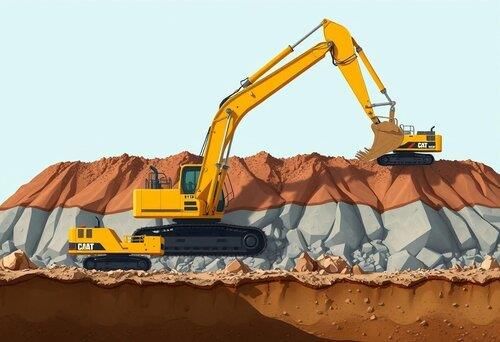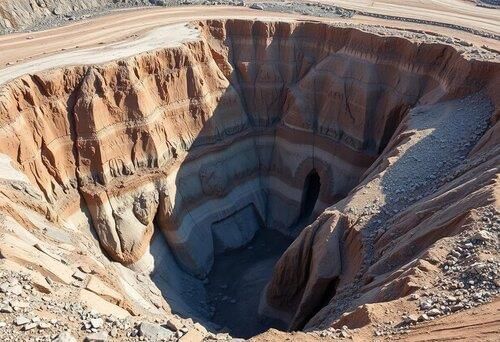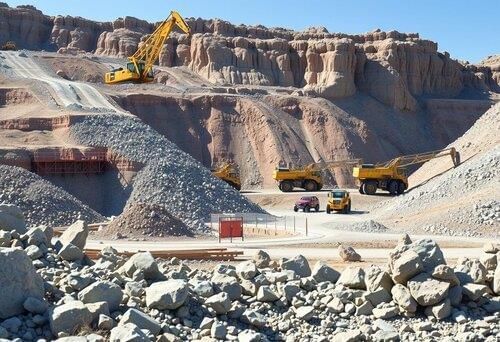|
False. Some resources, like a beautiful landscape or fresh air, may not have economic value but still serve as resources. |
Card: 4 / 36 |
|
The statement 'Resources are not, they become' emphasizes the role of ___ and ___ in determining the utility of a substance. |
Card: 5 / 36 |
|
People, through their ideas, knowledge, inventions, and discoveries, lead to the creation of more resources. |
Card: 8 / 36 |
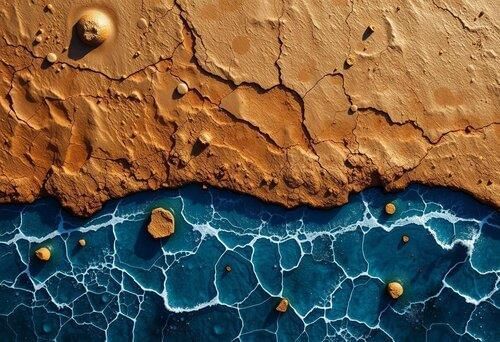 False. Abiotic natural resources are of inorganic origin, such as land, water, and metals. |
Card: 12 / 36 |
|
Actual resources are defined as resources that are ___ and ___ to a large extent. |
Card: 13 / 36 |
|
Biotic resources are organic in nature.
|
Card: 16 / 36 |
|
Fill in the blank: Potential resources are often not currently used due to ___ or ___ issues. |
Card: 17 / 36 |
 Unlock all Flashcards with EduRev Infinity Plan Starting from @ ₹99 only
|
|
Renewable resources can be replenished by nature in a short period of time. True or False? |
Card: 19 / 36 |
|
Non-renewable resources are formed over a very long geological period and cannot be replenished quickly once used. Fill in the blank: Examples of non-renewable resources include ___ and ___. |
Card: 21 / 36 |
|
What are the ecological consequences of the increased demand for resources after the Industrial Revolution? |
Card: 23 / 36 |
|
Fill in the blank: The rate of replenishment of renewable resources can differ according to the ___ of the resource. |
Card: 25 / 36 |
|
Minerals are classified as ___ resources due to their finite and non-renewable nature. |
Card: 27 / 36 |
|
A mineral is naturally occurring, inorganic, solid, and has a definite chemical composition with an ordered atomic arrangement. |
Card: 30 / 36 |
|
Fill in the blank: Open cast mining is primarily used when mineral deposits are found ___ to the surface. |
Card: 33 / 36 |
|
True or False: Quarrying is a method used to extract minerals for construction purposes. |
Card: 35 / 36 |







